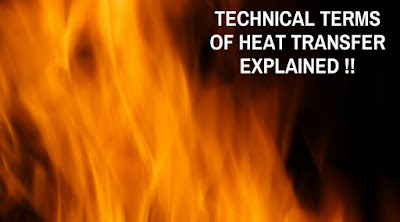Air Bags:-
An airbag is a type of vehicle safety device and is an occupant restraint system. The airbag module is designed to inflate extremely rapidly then quickly deflate during a collision or impact with a surface or a rapid sudden deceleration.

The purpose of the airbag is to provide the occupants a soft cushioning and restraint during a crash event to prevent any impact or impact-caused injuries between the flailing occupant and the interior of the vehicle. The airbag provides an energy absorbing surface between the vehicle's occupant and a steering wheel, instrumental panel, A-B-C- structural body frame pillars, headliner and windshield/windscreen.

There are three parts to an airbag that help to accomplish this feature:
>The bag itself is made of a thin, nylon fabric, which is folded into the steering wheel or dashboard or, more recently, the seat or door.
>The sensor is the device that tells the bag to inflate. Inflation happens when there is a collision force equal to running into a brick wall at 10 to 15 miles per hour (16 to 24 km per hour). A mechanical switch is flipped when there is a mass shift that closes an electrical contact, telling the sensors that a crash has occurred. The sensors receive information from an accelerometer built into a microchip.
>The airbag's inflation system reacts sodium azide (NaN3) with potassium nitrate (KNO3) to produce nitrogen gas. Hot blasts of the nitrogen inflate the airbag.
